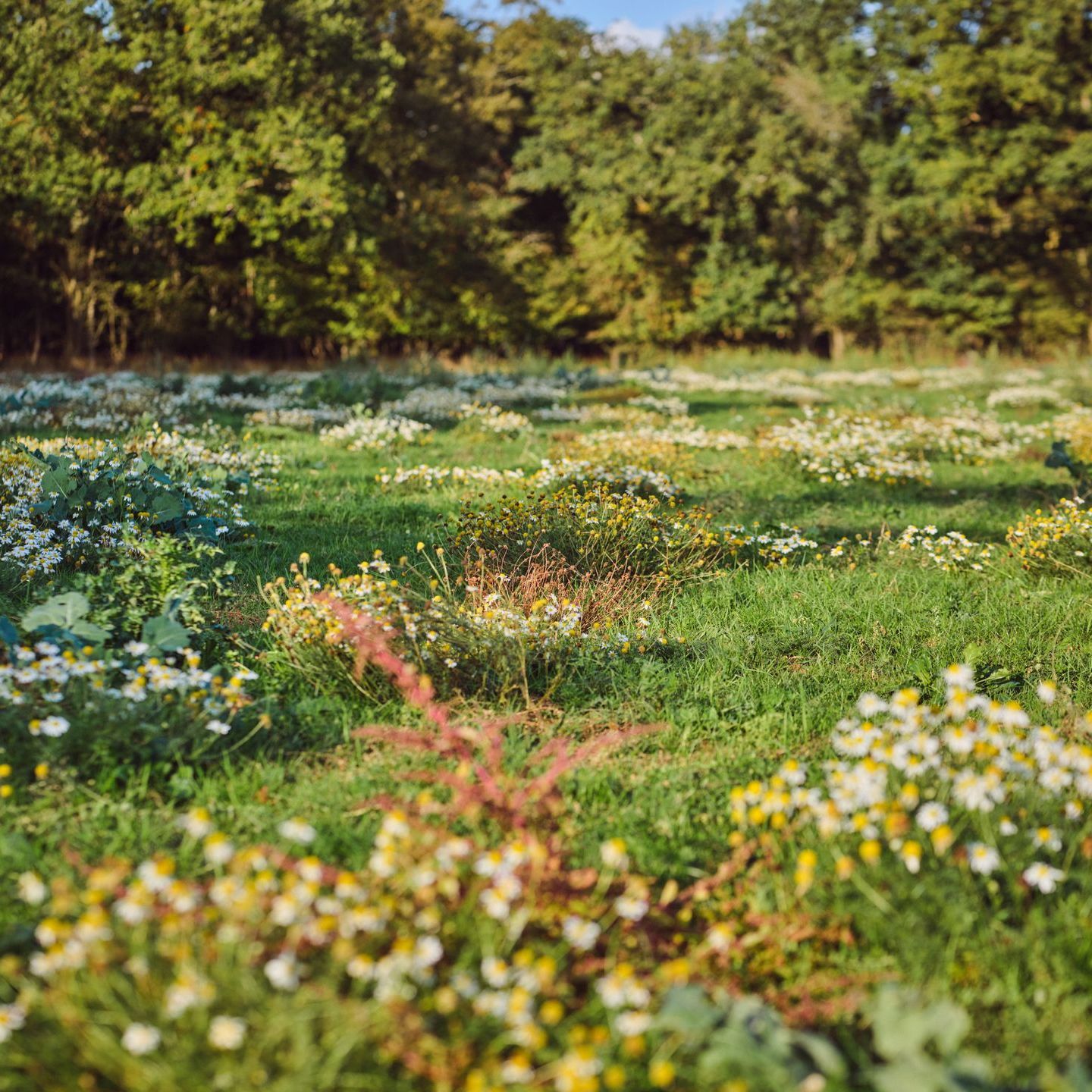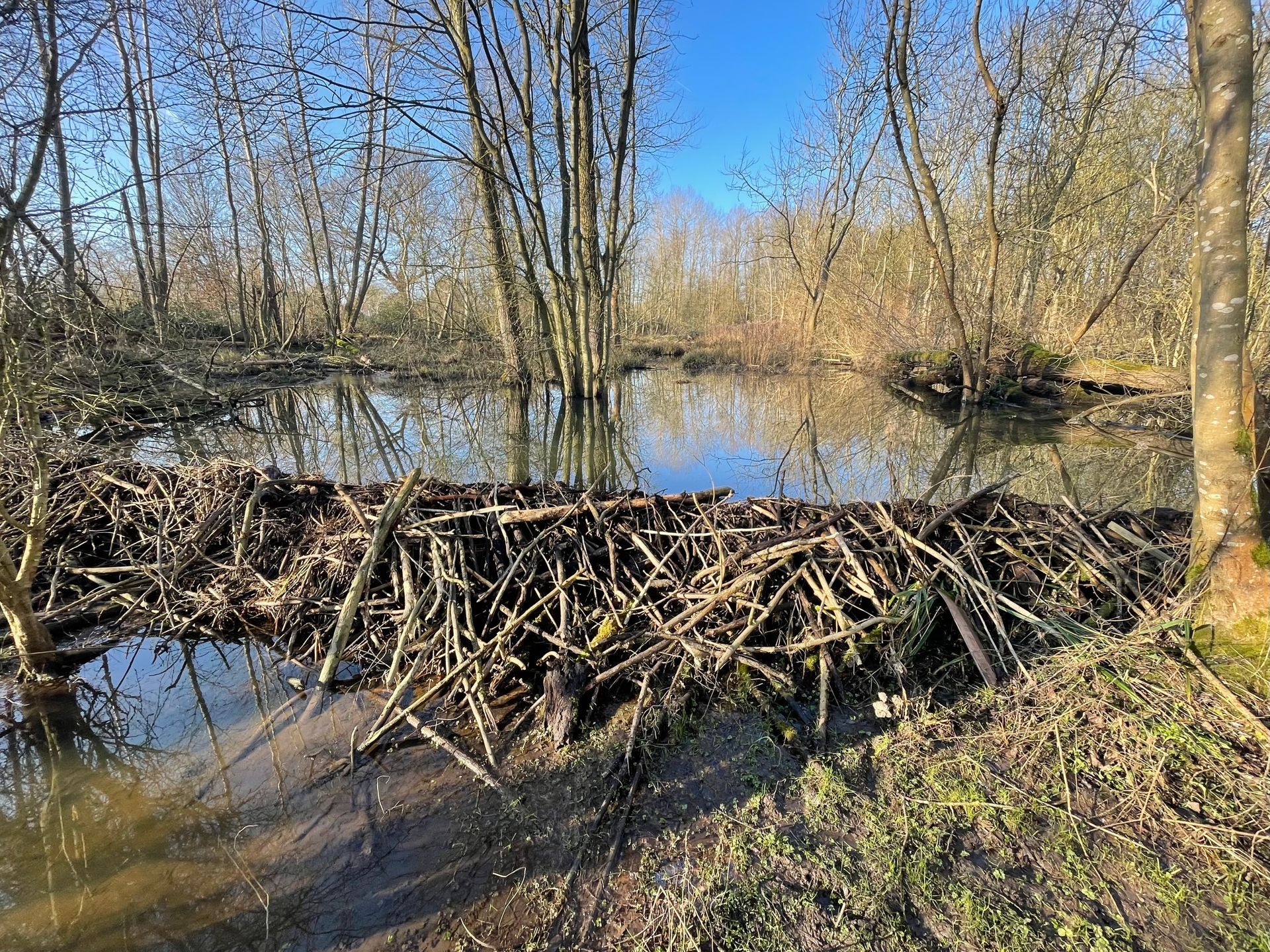Agroforestry
Agro-forestry represents a model of land use that enables tree planting to fit into the farmed environment. Agroforestry offers a delivery model to achieve corporate tree-planting targets whilst supporting (rather than displacing) other productive land uses. It is particularly suitable for East Anglia.
In our case we are developing a permanent cropping system (silvo-arable) in the fields and the trees will be in place for at least 20-50 years (before being replaced with new trees). Alongside this we are planting more grassland agroforestry (silvo-pasture) with trees providing fodder and shelter.
Between the lines of silvo-arable trees the field surface will be available to grow species rich grasslands, herbal leys and wildlife mixes that support biodiversity, build soil, sequester carbon, trap and clean water and help mitigate drought.
However, it is also possible to farm more conventionally between the tree rows, growing the normal types of crop (wheat etc) and also more niche crops (such as lentils) to supply local food markets.
This type of system is supported as one type of ‘sustainable land stewardship' approach by the Essex Climate Action Commission.






